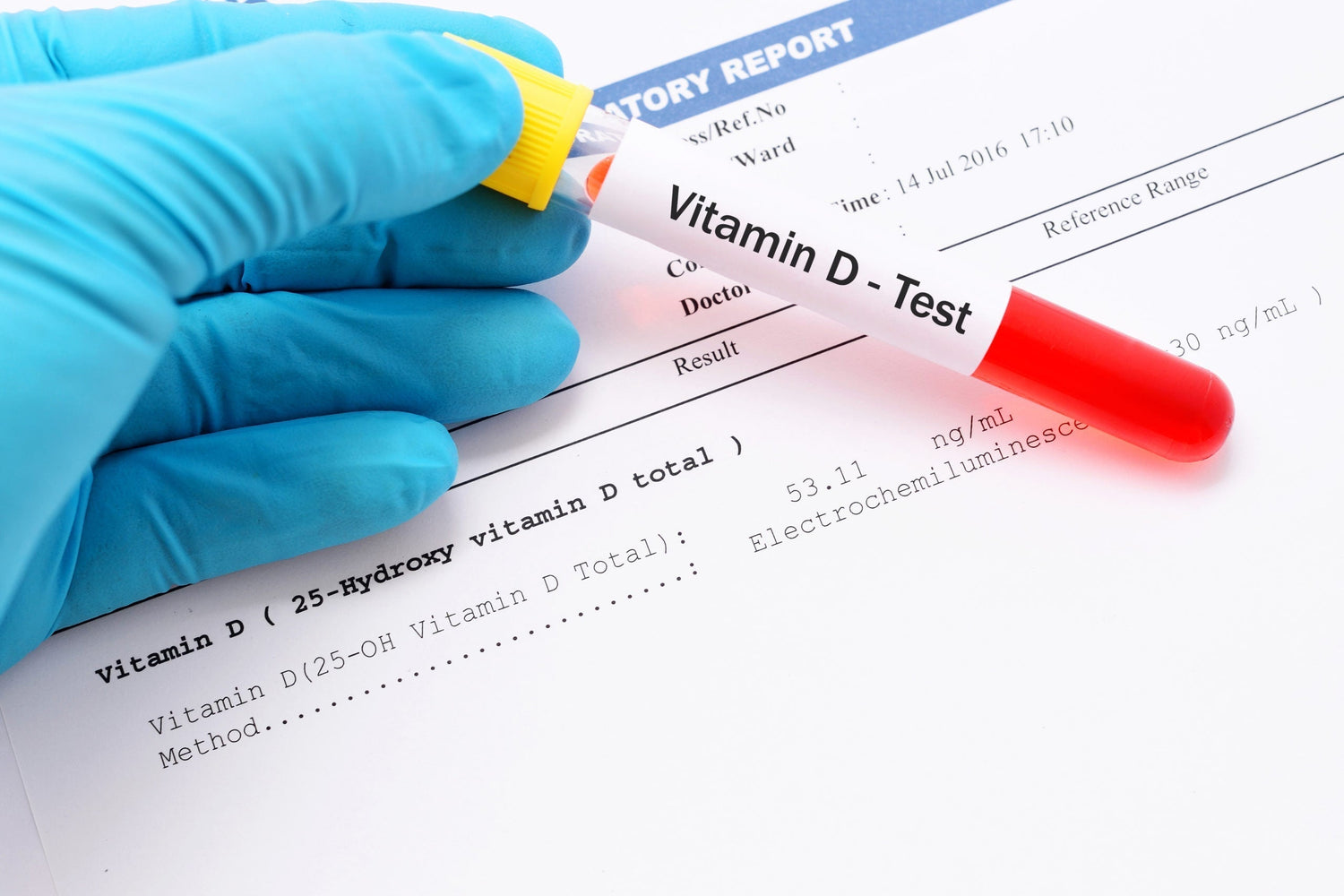If your Vitamin D labs are off despite daily supplements, mold might be the missing link.
Hey there, I’m Dr. Jill Crista, naturopathic doctor, mold expert and author of Break the Mold, and I’ve seen firsthand how Vitamin D resistance can block healing. In this blog, I’m here to walk you through why Vitamin D often stays low during mold illness and how a targeted approach can help you get your levels back on track.
Ready for a boost to take back your health? Let’s dive in.
How Mold Messes with Vitamin D Levels
Mold and mycotoxins don’t just affect your airways, they can block Vitamin D receptors too. As I explain to my patients:
- Blocked Receptors: Mold down-regulates your Vitamin D receptors, making it hard to absorb D into your bloodstream.
- Lab Confusion: You’re taking Vitamin D, but the labs say you’re still low? Mold might be the reason.
- Recovery Challenge: This is why mold-exposed patients need smarter support, like Liposomal D+K, which bypasses absorption roadblocks.
Why 25-OH Vitamin D Stays Low
In mold-exposed patients, we often see 25-OH Vitamin D that just won’t budge. Even with supplements! Here’s what’s going on:
- Persistent Deficiency: Mold’s Vitamin D receptor blockade is why you see persistently low Vitamin D 25-OH on labs despite supplementation.
- Mold’s Role: Mold mycotoxins impair absorption of fat-soluble nutrients like Vitamin D, even if you don’t have gut issues.
- Emulsified Solution: My mold patients do better with emulsified forms. They absorb better and work around mold’s absorption complications.
That’s why I recommend emulsified or liposomal forms. Curious how to use it in your recovery? Check out Liposomal D+K in my store.
The Role of 1,25-Vitamin D and Glutathione
If your 1,25-Vitamin D goes up, it may be a marker of mycotoxicosis. Here’s the connection:
- Elevated 1,25-Vitamin D: Mycotoxins from mold may also increase 1,25-Vitamin D (even if 25-OH is low), signaling low glutathione and mold exposure.
- Glutathione Link: Mycotoxins reduce glutathione. If your glutathione is low, your detox slows and you take on more mycotoxins, which further reduces glutathione – a downward cycle.
- Targeted Support : Liposomal D+K helps flood receptors and re-balance the D ratio while your body builds back up.
Tips to Optimize Vitamin D in Mold Recovery
As a key part of recovery journeys, we try to flood those receptors to up-regulate them again. Here’s how to do it:
- Use Emulsified Forms : Liposomal D+K is my go-to for mold patients. It skips the gut and goes right to work.
- Aim High: I recommend keeping Vitamin D between 60–90 ng/ml for at least three months.
- Get Outside: “Get outside!” Sun exposure naturally boosts Vitamin D, complementing your supplement routine.
You’re Ready to Boost Your Vitamin D!
If mold is throwing off your Vitamin D labs, you’re not stuck. The issue isn’t just about deficiency. It’s about blockage. Mold toxins hijack your body’s ability to use nutrients that are critical to healing. But with the right strategy, you can move forward.
Using targeted tools like Liposomal D+K gives your body a workaround and a fighting chance to reclaim balance, resilience, and vitality.
You’re doing the hard work. Keep going! Every step you take brings you closer to vibrant health.
If you want more guidance and tips on your recovery journey, join my weekly newsletter for fresh insights and healing tips from the front lines of mold recovery.
Disclaimer This content is health information and not intended as personal medical advice. Viewing will not establish a doctor-patient relationship. It is not intended to diagnose, treat, cure, or prevent any disease or medical condition. The information discussed is not intended to replace the advice of your healthcare provider. Reliance on information provided by Dr. Jill Crista, employees, or others appearing at the invitation of Dr. Crista is solely at your own risk.







